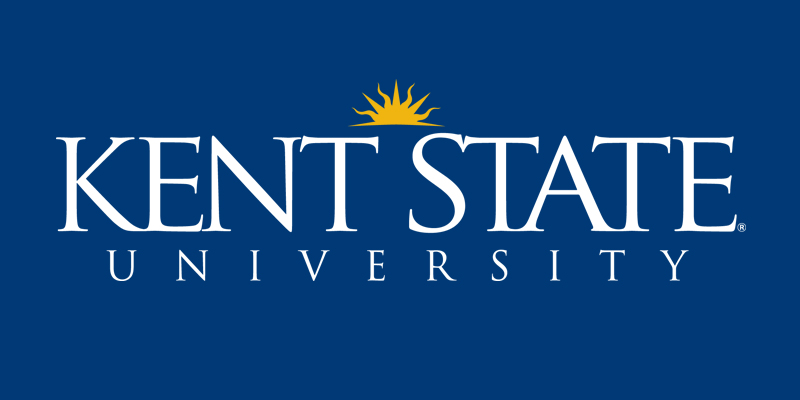Bachelor of Fine Arts in Studio Art
Program Description
The Bachelor of Fine Arts degree in Studio Art is a pre-professional program that develops students' conceptual prowess, technical competency and independent problem-solving to meet the challenges of a career or advanced study in the visual arts. Through studio critiques, the study of sophisticated art and design concepts, mastery of skills and technologies and critical analysis of historical and contemporary issues, students learn to analyze and evaluate visual art and to apply this knowledge to their own creative practice. Graduating students demonstrate their competence by producing a cohesive body of work presented in their senior thesis exhibition to a panel of faculty reviewers.
The Studio Art major comprises the following concentrations:
- The Ceramics concentration offers students the opportunity to hone their command of ceramic material to create both artistic and functional forms. Students find new ways of practicing an ancient craft, drawing on both traditional and contemporary thought and practice. In addition, they investigate practices from around the world for a global context in understanding the medium.
- The Drawing concentration cultivates foundational through advanced observational, conceptual and experimental processes to enable students to explore ideas across media and disciplines. All majors in the School of Art are able to complete a sequence of drawing courses to strengthen their drawing as a tool for visual thinking and recording. The concentration encourages advanced students to work with a wide range of approaches and to pursue drawing in diverse contexts.
- The Glass concentration challenges students to explore glass as a creative medium, both technically and conceptually, within the broader context of contemporary art. In addition to the fundamentals of glassblowing, students learn glass casting, slumping, fusing, flameworking, enameling, cold-working and assembly. Both interdisciplinary and mixed media approaches are actively encouraged.
- The Jewelry, Metals and Enameling concentration guides students in developing their own artistic signatures by exploring historical and contemporary concepts. Students are able to absorb a range of techniques and technological processes, using such specialized equipment as 3-D printers and large-scale Ferro enameling kilns.
- The Painting concentration is rooted in observation and technique while stimulating abstract, conceptual or material-driven ideas about painting and contemporary art practices. The curriculum supports a variety of specific approaches to painting — including collage, figural, landscape and abstraction — while simultaneously promoting an interdisciplinary approach and emphasizing engagement with contemporary practices. Advanced painting students work in consultation with faculty advisors to pursue individual directions and interests.
- The Print Media and Photography concentration introduces students to all traditional print forms as a foundation for conceptual approaches. Students are able to learn print techniques such as intaglio, lithography, relief, silkscreen and large-format digital printing. In addition, students can explore traditional and experimental photography and develop print matrices. Students learn how to develop printed and photographic works of art through layering, problem solving and thoughtful material applications.
- The Sculpture and Expanded Media concentration encourages proficiency in foundational methods of making-modeling, carving and assembly. The concentration is a springboard for students to learn how to communicate ideas through sculptural works. Although sculpture classes are rooted in the history of object-making, new forms of sculptural practice (installation, time-based practice, sound and kinetic works) are all part of a comprehensive three-dimensional program.
- The Textiles concentration fosters creative thinking, critical inquiry and development of technical facility. Students study the artistic and cultural legacy of textiles in conjunction with historic and contemporary practices. Components of the program are the traditions of textile making (built on repetition, geometry and order) linked with digital design and technology. Students learn felt-making, surface design, screen-printing and weaving (hand-manipulated, loom-controlled and digital).
Admission Requirements
- Applicants should meet the minimum requirement of GPA 2.5 on a U.S. 4.0 scale in Higher secondary school.
IELTS Requirements
| Listening |
Reading |
Writing |
Speaking |
Overall |
| 6 |
6 |
6 |
6 |
6 |
Remarks:
- Total 120 Credits program(Yearly tuition fee is given)
- I20(Visa Letter) can be obtained only after submitting a bank statement with a balance of USD $42,860
- Official documents required
